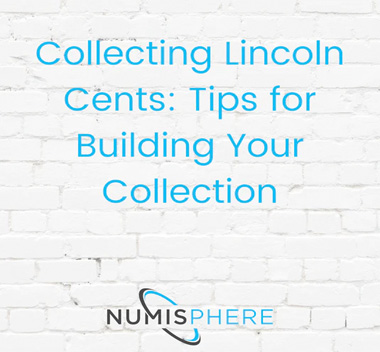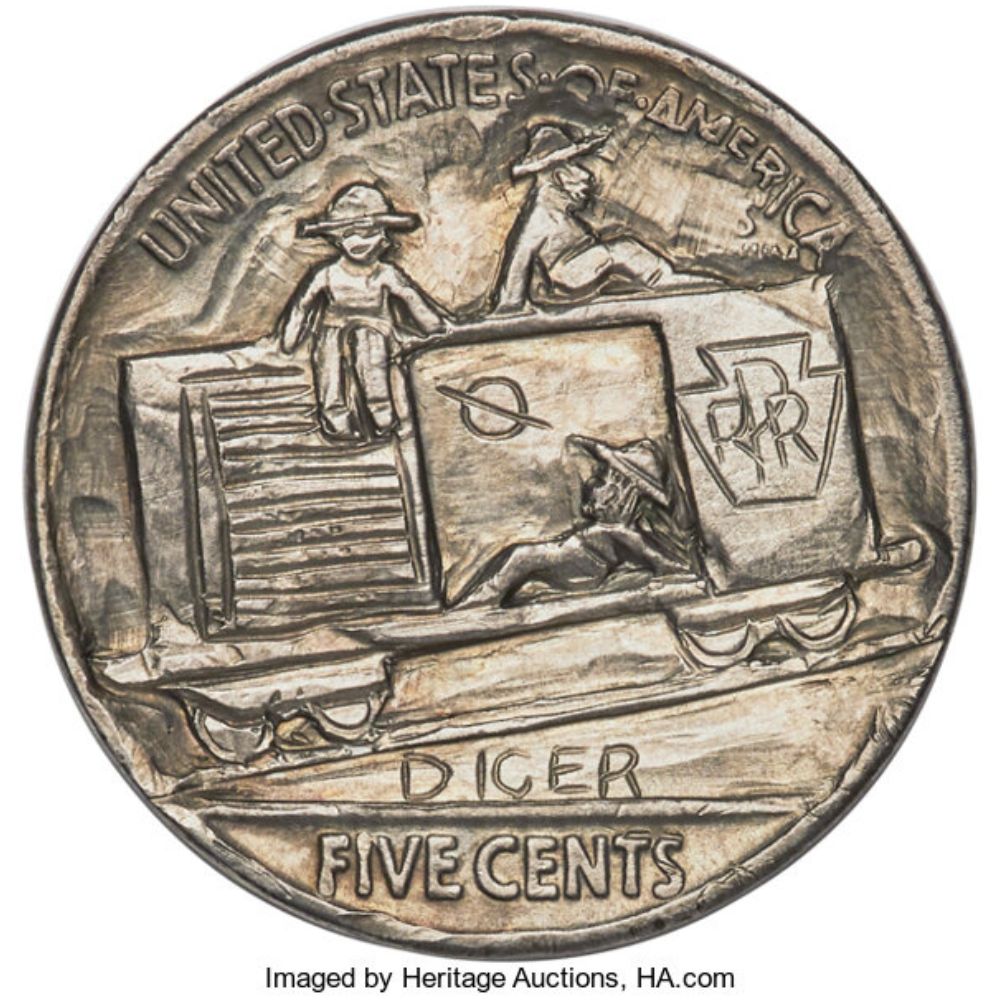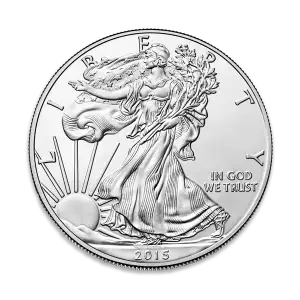
If you're a collector of U.S. coins, there's a good chance that Lincoln Cents hold a special place in your heart. These one-cent coins, commonly referred to as "pennies," have been a staple of American currency since their introduction in 1909. Over the years, the Lincoln Cent series has become a popular choice for collectors due to its rich history and wide range of varieties and mint marks.
In this article, we'll explore some valuable tips and strategies for building a comprehensive collection of Lincoln Cents. Whether you're a seasoned collector or just starting out, these insights will help you navigate the world of Lincoln Cent collecting and make informed decisions about which coins to add to your collection.
1. Understanding the Lincoln Cent Series
The Lincoln Cent series is divided into several distinct periods, each marked by significant changes in design and composition. Before you begin collecting Lincoln Cents, it's important to familiarize yourself with these different periods to better understand the coins you'll encounter along the way. Here are the key periods of the Lincoln Cent series:
a. Wheat Cents (1909-1958)
The first major period of the Lincoln Cent series is known as the "Wheat Cent" era. These coins feature a portrait of Abraham Lincoln on the obverse (front) and two wheat stalks on the reverse (back). The wheat stalks were a symbol of American agriculture and remained on the coin until 1958.
During the Wheat Cent period, there are several key dates and mint marks that are highly sought after by collectors. Some of the most notable include the 1909-S VDB, 1914-D, and the 1931-S. These coins can be quite valuable, especially in higher grades.
b. Memorial Cents (1959-2008) 
In 1959, the design of the Lincoln Cent was updated to feature the Lincoln Memorial on the reverse. This design, created by Frank Gasparro, replaced the wheat stalks and became the standard for Lincoln Cents for nearly 50 years.
While the Memorial Cents generally have lower values compared to their Wheat Cent counterparts, there are still some interesting varieties to look out for. One notable variety is the 1972 doubled die cent, which features a distinctive doubling of the obverse lettering.
c. Bicentennial Cents (2009) 
In 2009, the United States Mint released a special series of Lincoln Cents to commemorate the bicentennial of Lincoln's birth. These coins featured different reverse designs representing four significant aspects of Lincoln's life: his birth and early childhood, his formative years in Indiana, his professional life in Illinois, and his presidency in Washington, D.C.
The Bicentennial Cents are a unique subset of the Lincoln Cent series and can add a special touch to any collection.
d. Shield Cents (2010-present) 
The current design of the Lincoln Cent, known as the "Shield Cent," was introduced in 2010. This design features a shield on the reverse, symbolizing Lincoln's preservation of the United States during the Civil War.
While the Shield Cents are relatively common and can be found in circulation, there are still some interesting varieties to look out for, such as errors and doubled dies.
2. Building a Lincoln Cent Collection
Now that you have a better understanding of the different periods of the Lincoln Cent series, it's time to start building your collection. Here are some tips to help you get started:
a. Decide on Your Collection Goals
Before you dive into collecting Lincoln Cents, it's important to determine your collection goals. Are you aiming to build a complete set of every date and mint mark, or are you more interested in collecting specific varieties or key dates? Setting clear goals will help you stay focused and make informed decisions when adding coins to your collection.
b. Start with a Lincoln Penny Year Set
If you're on a budget or want to keep your collection more manageable, consider starting with a Lincoln Penny year set. This set includes one coin from each year the Lincoln Cent series was produced. By focusing on one coin per year, you can significantly reduce the cost and complexity of building a complete collection.
To complete a Lincoln Penny year set, you'll need to acquire the most expensive coins from each period. For example, the 1909 (Philadelphia, no VDB) can cost around $5 in Good-Very Good condition, while the 1922-D can be as much as $20 in the same condition. However, most other coins from the series can be found for less than $2 each.
c. Consider Buying Cull Coins and Filler Coins
If you're looking to fill the gaps in your collection without breaking the bank, consider buying cull coins and filler coins. These are coins that may have some form of damage, such as cleaning or wear, but can still be used to complete your collection.
Many coin dealers offer cull coins and junk coins at discounted prices. These coins are often priced at 50% off their regular, problem-free counterparts. While you may prefer to buy better, problem-free coins for the more common dates, culls are great for filling the more expensive album holes, such as the 1909-S VDB, 1909-S, and 1914-D. You may also find good deals on rougher examples of semi-key and key date coins.
d. Search Coin Rolls
One of the joys of coin collecting is the thrill of the hunt. While it may seem like all the "good" coins have already been found, there are still plenty of old Lincoln Cents to be discovered. One way to increase your chances of finding old coins is to search through coin rolls.
By purchasing penny rolls from your bank, you can search for old Lincoln Cents that may still be in circulation. While it's unlikely that you'll find rare key dates or varieties in these rolls, you can often find common dates and save money compared to buying them from a coin dealer.
e. Invest in Coin Albums and Folders
To keep your collection organized and protected, consider investing in coin albums and folders. These storage solutions not only provide a safe place to store your coins but also allow you to display them in a visually appealing way.
When choosing coin albums and folders, be sure to select ones that fit your collection goals. Some albums and folders omit the most valuable key dates and varieties, which may be important to you depending on the type of collection you're building. Do your research and find the albums and folders that best suit your needs.
f. Look for Less-Expensive Stand-Ins
If you're on a tight budget or can't find certain key dates or varieties, consider looking for less-expensive stand-ins. While purists may prefer to have the exact coins specified for their collection, others may be willing to substitute certain coins with cheaper alternatives.
For example, the 1922 plain cent can be quite expensive, with prices ranging from $600 and up. However, you can often find a 1922 weak D cent for around $30 in Good-Very Good condition. Similarly, the 1955 doubled die cent can cost over $1,000, but a 1955 "poor man's doubled die" (a machine doubled penny) can be found for just a few dollars.
3. Additional Tips for Collecting Lincoln Cents
Here are a few additional tips to help you make the most of your Lincoln Cent collecting experience:
Join a coin collecting community or club to connect with fellow collectors, share knowledge, and learn from experienced collectors.
Educate yourself about coin grading to better understand the condition and value of the coins in your collection.
Keep track of your collection by creating a detailed inventory or using a coin collecting app or software.
Consider attending coin shows or auctions to find unique coins and expand your collection.
Stay up to date with the latest news and trends in the coin collecting world through reputable coin publications and websites.
In Conclusion
Collecting Lincoln Cents can be a rewarding and fulfilling hobby. By following these tips and strategies, you'll be well on your way to building a comprehensive and valuable collection. Remember to set clear goals, do thorough research, and enjoy the journey of discovering and acquiring these fascinating pieces of American history.
Note: The information provided in this article is for educational purposes only. Prices and availability of coins may vary, and it's always recommended to consult with reputable coin dealers or experts before making any significant purchases.







